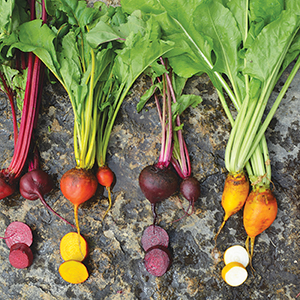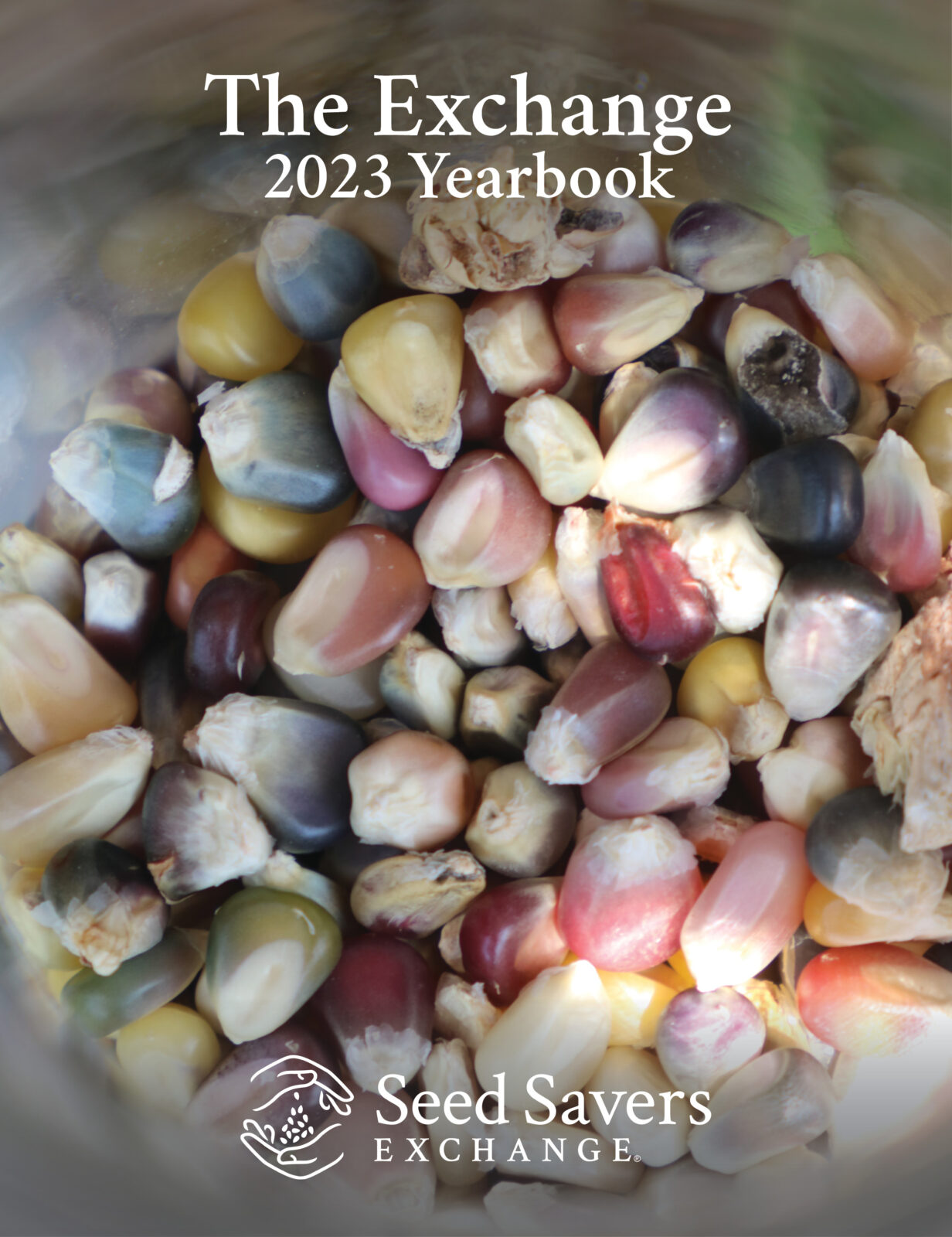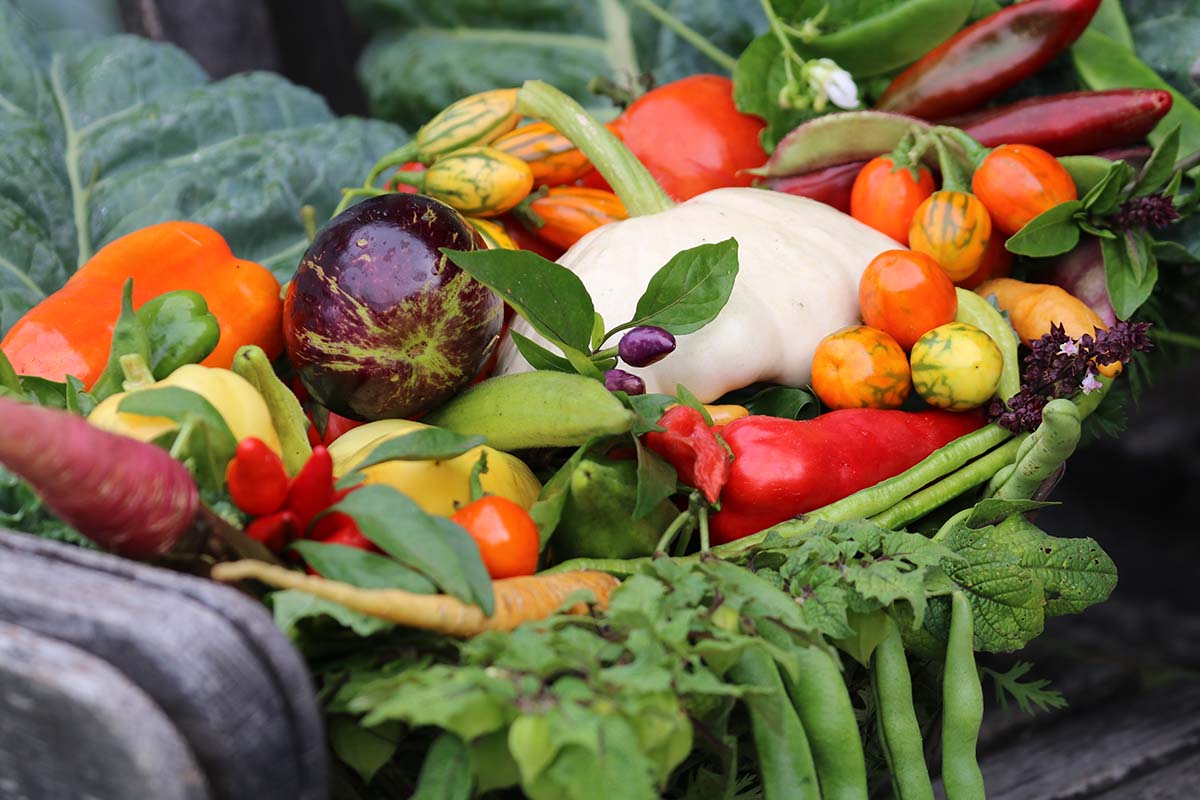
Garden Planning
With a little extra planning, you can have a home garden that provides a bountiful harvest of both produce and seeds for future planting.
Planning a garden involves deciding what crops to plant, how to efficiently use your space, and correctly timing the planting, care, and harvest of each crop. Whether you are planning a large backyard garden, a small community garden plot, or a container garden, these smart space ideas, tips, and strategies will get your planting efforts off on the right foot.
As it does with most endeavors, it pays to think through your garden project before you gather your seeds or transplants. The last thing you want is to have your garden feel like a chore rather than a source of inspiration and relaxation. Here are some question to ask yourself:
Answering these questions will help you develop a garden plan that suits your space and lifestyle.
Bigger doesn’t always mean better when it comes to basic garden planning. If you’re new to gardening, or if you have limited time to devote to your garden, commit to a plot size that won’t overwhelm you, and concentrate on a selection of vegetables you like to eat that are also easy to grow. Radishes, lettuce, spinach, and carrots are just a few of the crops that don’t take a lot of time or experience to produce a harvest.
If you had a garden last year, consider rotating your crops this year, moving the location of each plant family to increase soil fertility and crop yield. Consider saving seeds from your garden, too. This is a natural part of gardening and only takes a few extra considerations.
Planning for seed saving: Seed gardening can be done according to your ability and interest level. Starting small when growing a variety for seed will help ensure success. By growing familiar varieties, you’ll easily be able to tell if the seed is true to type when you grow it the following year.
Jeanine Scheffert, Seed Savers Exchange’s education and engagement manager, shares her process of planning her home garden and how she plans for seed saving.
Most vegetables grow best when they get at least six hours of sun a day, so be sure to plant your garden in a sunlight-rich location. If that sunny spot is close to a convenient water source for irrigation, that’s even better. Sowing your seeds or planting your transplants near a water source will make it easier to keep your soil at the optimal moisture level.
There’s no way to overemphasize the importance of good soil: your garden will grow best in nutrient-rich, well-drained, weeded, and loosened (non-compacted) soil. Before you plant each spring, take the time to enrich your soil with quality compost or other organic matter if you want to boost your soil’s fertility and your garden’s production. Mulch (like leaves, straw, and hay) also adds valuable nutrients to the soil and will cut down significantly on your need to weed.
Planning for seed saving: Mapping out the garden for an organized use of space to produce both vegetables and seeds should also be considered when planning a seed garden. In addition, a gardener needs to determine what the primary goal is in saving seeds: Are seeds being collected simply for sowing in the garden the following season, or for the conservation of a rare variety? A careful consideration of these factors is the starting point of planning a seed garden, whether you are a new seed saver or a practiced veteran.
When the seeds or fruits are the edible part of a plant, additional space in the garden is not necessary when saving seeds. Provided they can be properly isolated, these crops are often ideal for saving seeds in smaller gardens. For example, seed savers can simply harvest a few properly isolated fruits from a planting of peppers and have seeds for many seasons to come. Although cross-pollinating crops, such as winter squash and melons, may require hand-pollination in order to produce true-to-type seeds and can take up plenty of space in the garden, they also work well for space-conscious seed savers because seed production occurs concurrently with crop production—the seeds can be collected from fruits that are harvested to eat.
Planning for seed saving: Some regions tout the benefit of a long growing season, others boast sufficient precipitation, while others aren’t prone to temperature extremes. Each region has its benefits and challenges, and understanding which ones you face is crucial for gardening success. Research what species and varieties grow well as food crops in your area and then you can determine what can be grown for seed. Be sure to note when the seeds reach harvest maturity and calculate out whether your growing season is long enough. Note: for some plants, harvest maturity (when seeds are mature) is different from market maturity (when the crop is ready for consumption). These plants need a longer growing season for seed harvest than for food harvest.
Planning for seed saving: Take a look at this Seed Saving Guide for an overview of each crop’s life cycle, pollination method, and isolation distance requirements. A general rule of thumb for beginners is to select annuals that are primarily self-pollinating as starter seed crops. Biennials and those with larger isolation distance requirements take more planning and care than self-pollinating annuals. For this reason, open-pollinated varieties of lettuce, peas, and beans are ideal choices for anyone new to seed saving. Peas and beans have another advantage in that they take up the same space in the garden when being grown for seed as they do when being grown for eating, making it simpler for a new seed saver to plan out a garden without having to reconsider spacing considerations. Endive, which requires a little more space when grown for seed, can still be grown at its regular spacing and simply be thinned to desired spacing for seed maturation. The plants in between can be harvested as the season progresses, making room for the selected seed plants to fill out and flower.
Other vegetables with perfect flowers, such as tomatoes, can be successfully grown for seed by bagging individual flowers and collecting seeds from these fruits, or by meeting the modest recommended isolation distance between varieties when growing more than one cultivar. Cucumbers, okra, and melons can also be good crops for beginner seed savers as long as nearby neighbors are not growing a different variety of them. Although these three crops are insect-pollinated and outcross to varying degrees, planting only one variety allows for the production of true-to-type seeds when adequately isolated from other gardens. More adventurous beginners may wish to try hand pollinating squash or pumpkin variety, and in areas where the climate allows for in-ground vernalization, they may even attempt to grow leeks, beets or collards and collect their seeds in the second season.
Heirloom, open-pollinated seeds are a perfect place for the beginning seed saver to start. While seeds produced by a hybrid, or F1, variety are occasionally grown out by breeders and advanced seed savers in an effort to stabilize the traits of the variety, such seeds are highly unlikely to develop into plants that closely resemble the parent plant. Open-pollinated varieties, on the other hand, will produce seeds that are true to type and maintain the desired characteristics of their variety, as long as the seed saver takes care to prevent unwanted cross-pollination between cultivars.
Whether you decide to take on more complex seed crops over time or to simply collect seeds from easy-to-manage crop varieties is a matter of choice. And whether you collect seeds from many varieties of vegetables or only a select few, there is a growing satisfaction that comes along with being an active member of the seed-saving community.
You don’t need to invest a lot in tools for weeding and breaking up soil or otherwise preparing your soil for seeds or transplants. Multipurpose tools like this weeder and cultivator, used at Seed Savers Exchange’s Heritage Farm, can help you keep your garden weed-free. Browse more recommended gardening tools here.

This text is adapted from the award-winning book The Seed Garden: The Art & Practice of Seed Saving by Lee Buttala and Shanyn Siegel, published by Seed Savers Exchange.
Learn More
Browse the Seed Savers Exchange shop or The Exchange for seed and fruit varieties, or keep learning with crop-by-crop growing guides.


